Reflecting on the evolution of classroom tools, several items that were once staples in educational settings have become obsolete or rare in today’s schools. Many of us remember the days when classrooms were filled with the soft screech of chalk on a board or the clatter of an AV cart being wheeled down the hall. The advent of technology in education has led to significant changes, phasing out many of the tools we grew up with. Whether it’s the tactile experience of turning a card catalog or the anticipation of a film on an overhead projector, these items resonate with nostalgia for those who used them. Here are eleven such items that were once icons of the educational experience but now seem like relics of a bygone era.
1. Chalkboards and Chalk

Once the king of classrooms, chalkboards offered a tactile learning experience. Squeaky chalk on a dusty, green surface was the soundtrack of education for decades. Interactive smart boards have now taken over, offering cleaner, digital alternatives. Yet, there’s something undeniably charming and educational about chalk dust under your fingernails. Teachers would often artfully craft their lessons in colorful chalk, making the learning process vibrant and engaging. Despite its simplicity, the chalkboard was an innovative tool in its time, encouraging creativity and spontaneity. Today’s students, however, encounter its digital descendants instead.
2. Overhead Projectors

Remember the thrill of seeing the teacher wheel in the overhead projector? This mechanical marvel brought lessons to life, turning transparencies into illuminated diagrams and notes. With its humming fan and bright light, it was both a teacher’s ally and a student’s delight. Today, digital projectors and interactive displays have replaced it, offering seamless, multimedia presentations. The overhead projector, however, required skill; a misplaced transparency could mean a lesson in reverse. Despite its clunky appearance, it represented a leap in classroom technology, bridging the gap between textbooks and digital media.
3. Card Catalogs
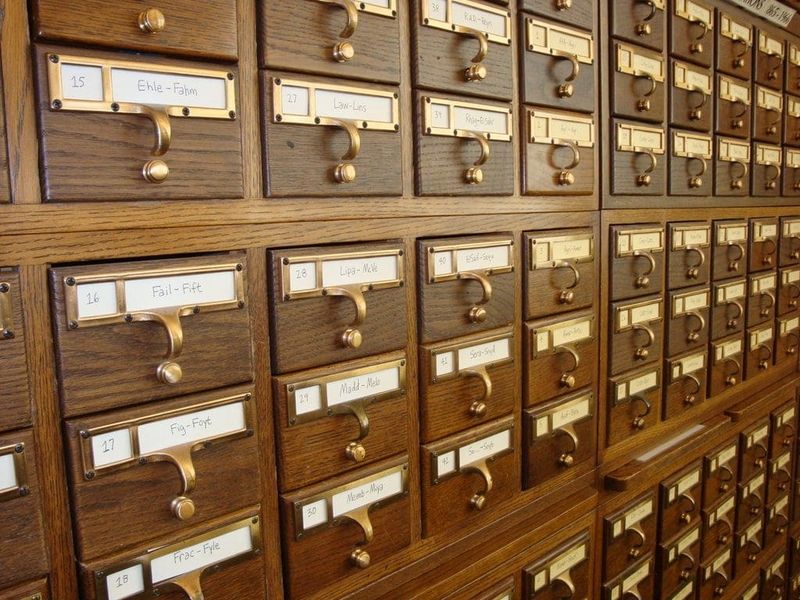
Card catalogs were the Google of library searches before the digital age. These wooden cabinets, filled with meticulous index cards, guided students and teachers to the right book. Flipping through cards, one felt a sense of exploration and discovery. The library had a mysterious allure, with each card being a potential gateway to knowledge. As digital systems took over, the tactile joy of pulling out a drawer became a memory. The card catalog taught patience and perseverance, skills invaluable in any era. Today, its charm is mostly found in libraries-turned-museums.
4. Floppy Disks

Floppy disks were once the cornerstone of data storage. With their flexible, thin design, they symbolized a high-tech future. Students transported assignments and games in these small, square wonders. They taught the basics of data management and file storage. Yet, with limited space and fragile nature, they were soon overshadowed by USB drives and cloud storage. Holding only a fraction of today’s storage mediums, they remind us of the rapid technological advancement. Despite their limitations, floppy disks mark an era of digital exploration and innovation, now celebrated nostalgically.
5. AV Carts
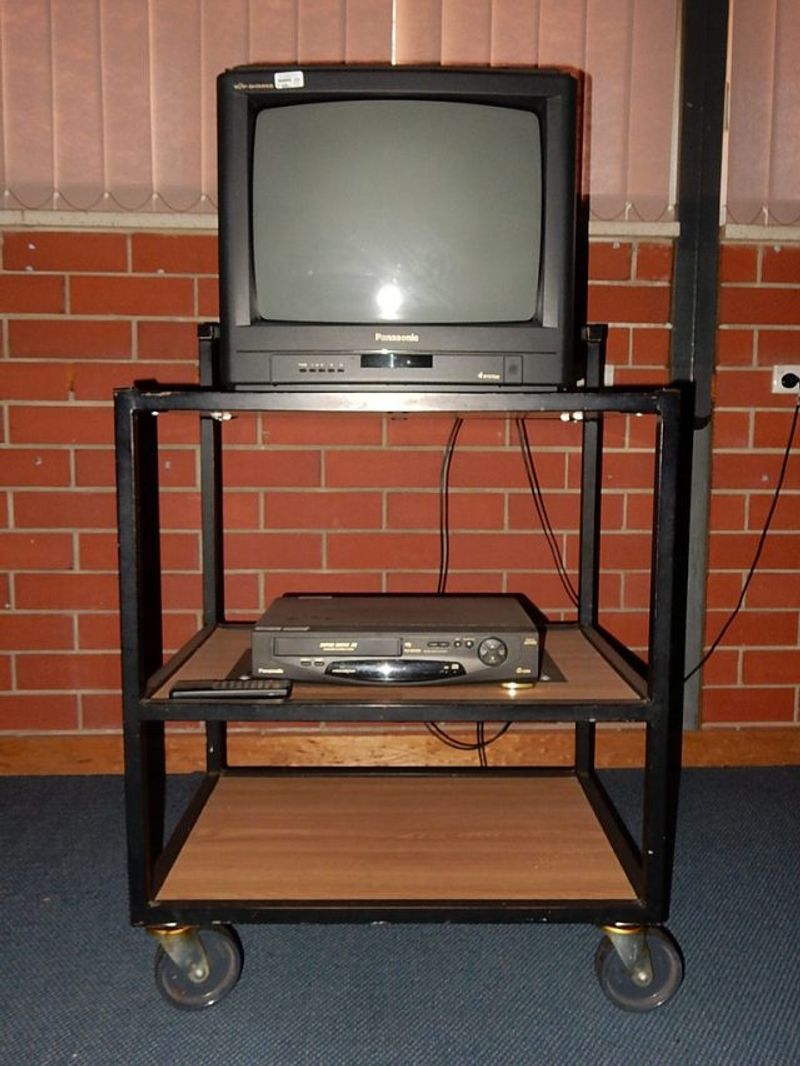
AV carts were the harbingers of excitement, signaling movie days. Their squeaky wheels echoed through corridors, bringing films and educational videos to life. Laden with a bulky TV and VHS player, they were a logistical challenge yet a thrilling sight. Today, built-in projectors and digital media have rendered them obsolete. The AV cart, with its towering presence, was a symbol of technological progress. Each classroom visit turned into an event, offering a break from routine learning. Though cumbersome, they played a vital role in multimedia education, now a fond memory for many.
6. Slide Rules
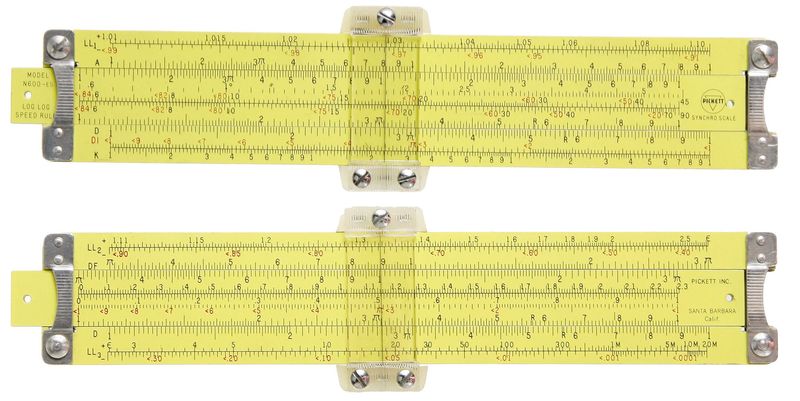
Before calculators, slide rules were the tools of mathematical precision. These analog devices, resembling rulers, were essential for calculations in physics and engineering. They required skill and understanding of logarithmic scales. Students who mastered them were seen as intellectually adept. The slide rule’s simplicity belied its power; it was a testament to human ingenuity. As electronic calculators emerged, this once-indispensable tool faded into obscurity. Yet, its legacy endures in the precise thinking it encouraged. Today, they serve as reminders of a time when mental math reigned supreme, offering a tactile connection to numbers.
7. Filmstrip Projectors
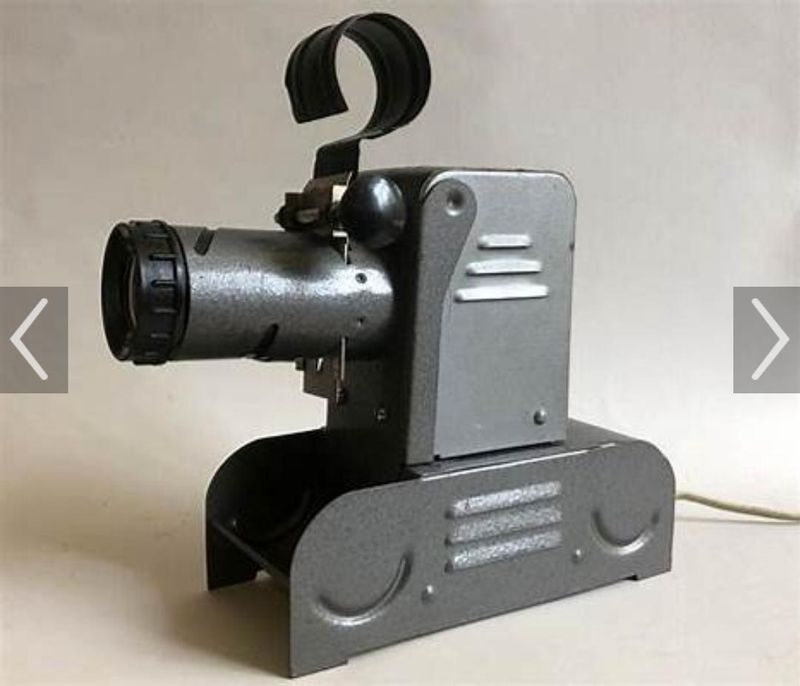
The filmstrip projector was a classroom storyteller, weaving narratives through frames of still images. Its rhythmic clicking and whirring brought subjects to life, sparking imagination. Students would gather as the room darkened, eager for the visual journey. Though replaced by digital media, its impact on learning was profound. It required synchronization with audio scripts, honing listening and comprehension skills. The anticipation of each frame capture engaged minds. The filmstrip projector, now retired, reminds us of a time when education was an art of storytelling and visualization, fostering a love for learning through images.
8. Ditto Machines

Before photocopiers, ditto machines tirelessly churned out purple-inked worksheets. They were the unsung heroes of classroom material production. Known for their distinctive chemical smell, dittos had an unmistakable charm. Teachers became adept at cranking handles, producing copies for eager students. Despite smudged fingers and imperfect copies, they symbolized grassroots educational efforts. With the advent of copiers, dittos disappeared, leaving behind memories of inky hands. They taught resourcefulness in an age of limited technology. Today, dittos are a quirky footnote in educational history, reflecting a time when hands-on effort met instructional needs.
9. Trapper Keepers

Trapper Keepers were the epitome of school organization in the 80s and 90s. These colorful binders, with their Velcro closures and vibrant designs, were as much a fashion statement as a utility. They housed notes, assignments, and personal treasures, becoming an extension of a student’s identity. Flipping open a Trapper Keeper was a satisfying ritual, a moment of pride and organization. As digital devices took over, the need for physical organizers waned. Yet, Trapper Keepers remain iconic, representing a tactile connection to school life. They are cherished reminders of personal expression and colorful creativity.
10. Manual Pencil Sharpeners
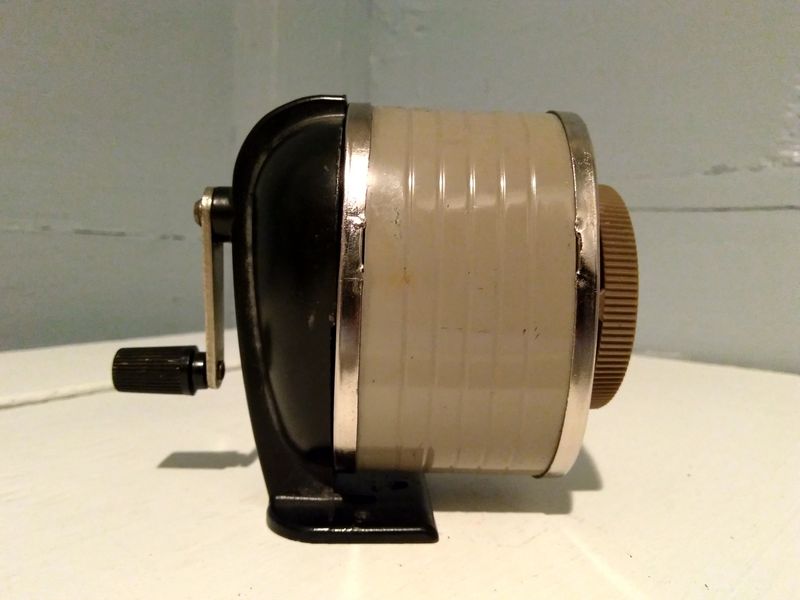
Manual pencil sharpeners were the unsung classroom workhorses. Mounted on walls, they turned dull pencils into precise writing instruments. Students lined up for their turn, often chatting while awaiting the mechanical whirring. Each turn of the handle brought satisfaction, a break from desk-bound tasks. With the rise of mechanical pencils and electric sharpeners, these crank-style devices have largely disappeared. Yet, they represent a hands-on approach to education, where effort translated into readiness. They fostered patience and the tactile joy of crafting a perfect point. Today, they are quaint symbols of a more analog school experience.
11. Reel-to-Reel Tape Players
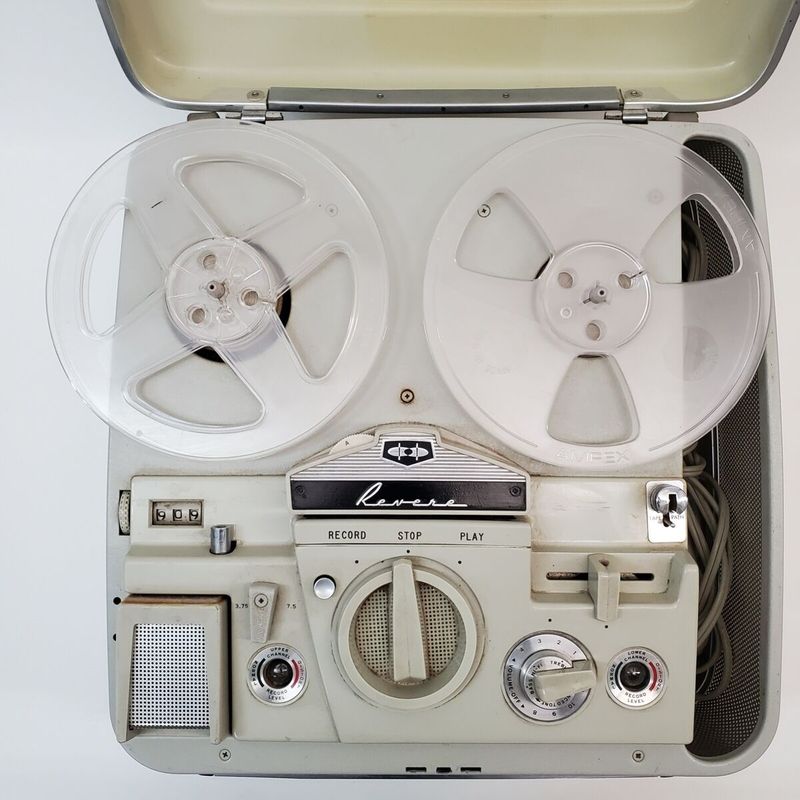
Reel-to-reel tape players were the pioneers of audio learning. These hefty machines played educational recordings, language lessons, and stories. The sight of reels spinning was mesmerizing, a prelude to auditory exploration. Teachers navigated through tapes, delivering lessons with clarity and precision. The reel-to-reel player required skillful threading, an art lost in the digital age. As cassette tapes and CDs emerged, these devices became relics. However, their contribution to audio education remains significant. They introduced a world of sound, enhancing learning through auditory experience. Today, they echo a time when sound was an art form in classrooms.

Well, hello there!
My name is Jennifer. Besides being an orthodontist, I am a mother to 3 playful boys. In this motherhood journey, I can say I will never know everything. That’s why I always strive to read a lot, and that’s why I started writing about all the smithereens I came across so that you can have everything in one place! Enjoy and stay positive; you’ve got this!

